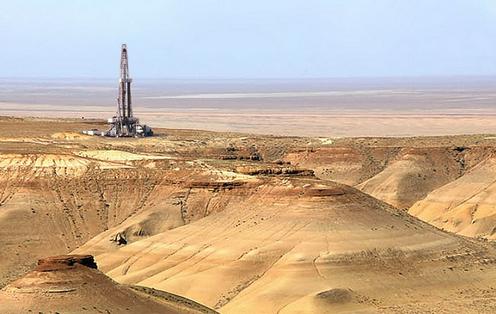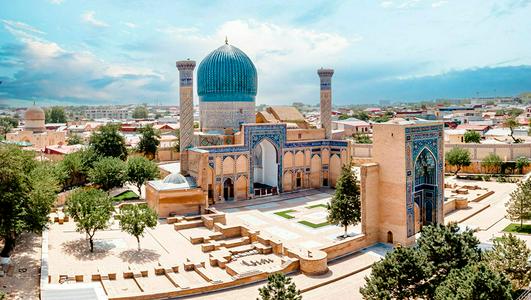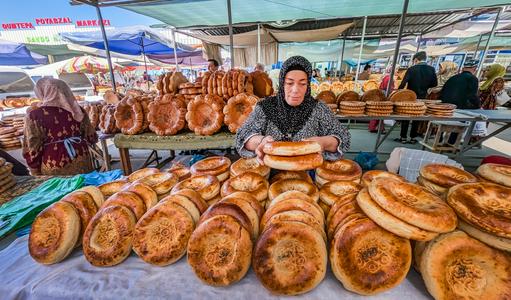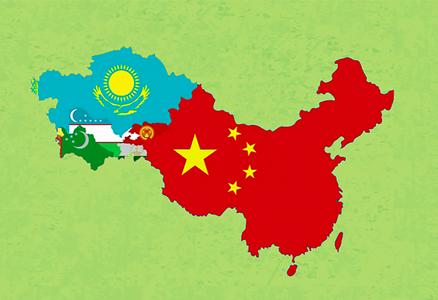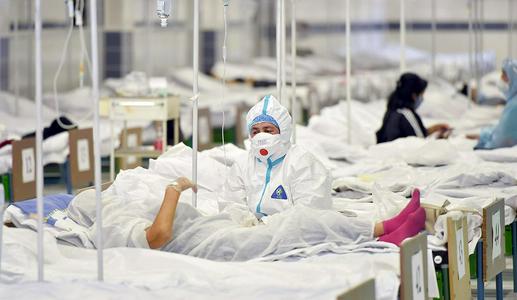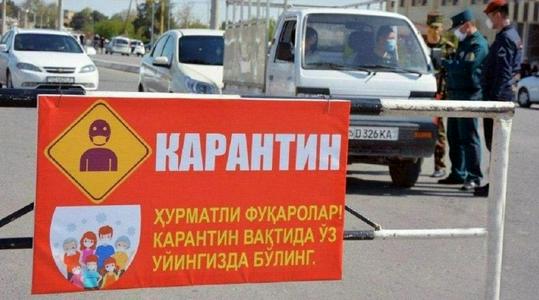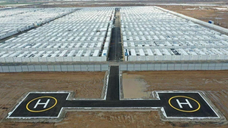For the first time in Uzbekistan’s industrial history, geologists in the Ustyurt region drilled to a depth of 6,500 meters and discovered substantial natural gas reserves. President Shavkat Mirziyoyev announced the discovery, according to his press secretary, Sherzod Asadov.
Mirziyoyev noted that in the past, geological exploration was typically carried out at depths of no more than 2,500 to 3,000 meters.
The president also stressed that in the era of the “fourth industrial revolution,” demand is sharply rising for technological minerals such as tellurium, selenium, molybdenum, lithium, graphite, tungsten, titanium, and others. According to scientists, Central Asia, including Uzbekistan, holds 10 to 15 percent of global reserves of these natural resources.
To turn these resources into high value-added products, Uzbekistan must invest in science and innovation, Mirziyoyev said.
In July, the government of Uzbekistan and Azerbaijan’s SOCAR signed a production-sharing agreement for joint projects on the Ustyurt Plateau. The deal covers geological exploration and the subsequent extraction of hydrocarbons.
According to the Institute of Energy, Uzbekistan’s proven natural gas reserves were estimated at 1.97 trillion cubic meters at the end of 2024. At the same time, the country’s gas output has been declining in recent years: in 2019, production reached 59.4 billion cubic meters, but by last year it had fallen by almost 15 billion.
Meanwhile, Uzbekistan is actively developing renewable energy and increasing natural gas imports from Russia and Turkmenistan.
